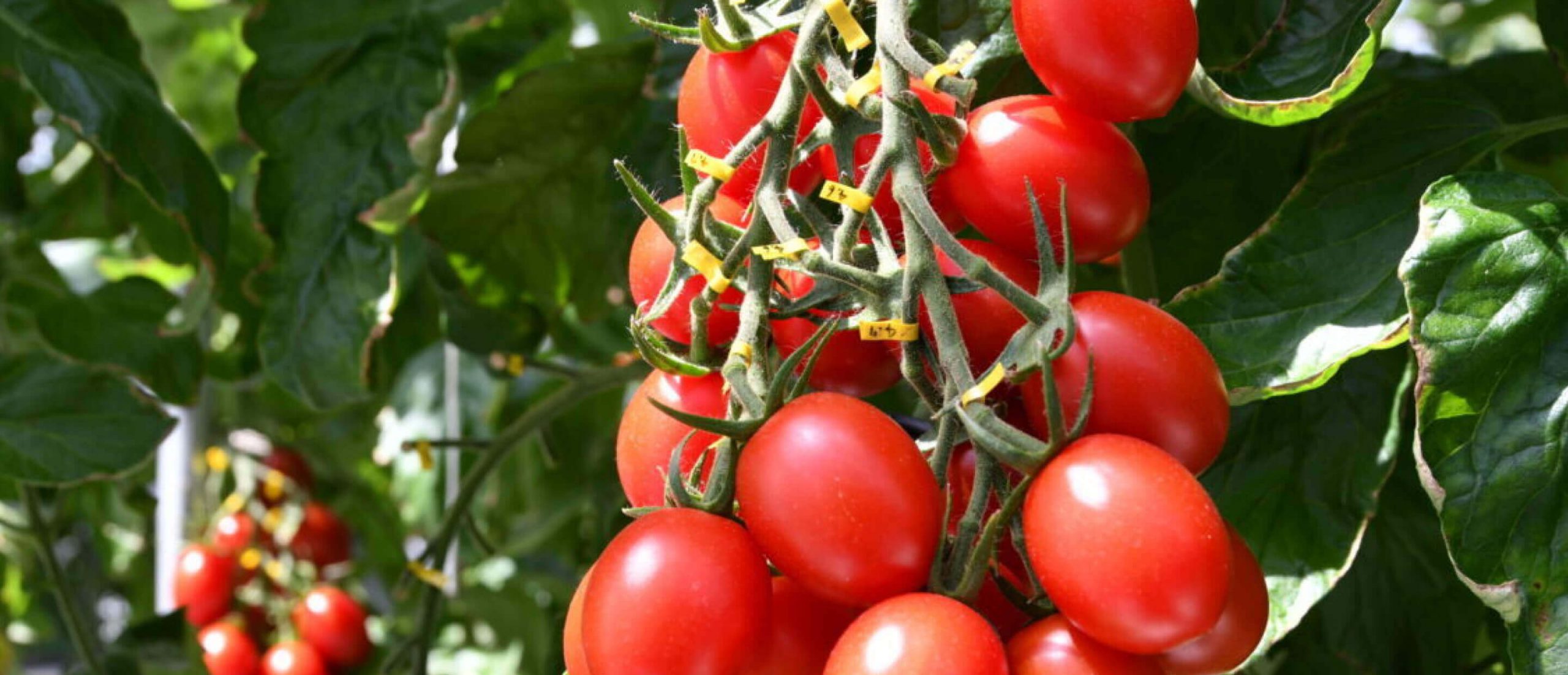
10 trends and data points to watch for in 2024.
One
Food Price Inflation to remain high, predicts the World Bank. Global economic growth forecasts for 2024 range from around 2.4% to 3%.
Two
The Grains Price Index is set to drop 8% after tumbling 10% in 2023, according to the World Bank. Falls in the Oils and Meals Price Index are forecast to level out at just 2%, following a 14% dive in 2023.
Three
Worldwide maize production to jump 6.3%, with the US leading the way, up 11% on 2022/23 levels, forecasts the USDA. China will see a 1% increase in production while levels fall more than 2% in Brazil, the world’s third-largest grower.
Four
Government assistance programs and lower fertilizer costs to bump worldwide rice production up 1.3% to almost 524 million metric tons in the 2023-24 season, says the Food & Agriculture Organization (FAO). This is the second-largest global rice harvest ever after a record setting 2021-22.
Five
Global wheat production to fall 3% to just under 777 million metric tons in the 2023- 24 growing season from an all-time high in 2022-23. Most of the fall is attributable to declines in output from Australia and the Russian Federation, says the International Grains Council. World trade in wheat will also fall 3%, predicts the FAO.
Six
Despite falling modestly from 2022 levels, US crop production costs will remain high, says the USDA, with rice being the most costly. Average US rice harvests could cost $1,199 per acre, followed by peanuts at $1,172 per acre, cotton at $866, and corn at $856.
Seven
US farm labor costs to remain high after a 12% rise from 2020 to 2023, the USDA predicts. Repair and maintenance costs rose by 20% in 2023 compared with 2020.
Eight
Carbon-free nitrogen fertilizers will be up to five times more expensive than standard nitrogen fertilizer products, according to crop nutrition provider Yara.
Nine
Global milk production will rise to more than 925 million metric tons, in line with the dairy sector’s continuous growth in output, say the OECD and FAO. The world’s population consumes 485 million metric tons of fresh dairy products, 13 million metric tons of butter, and 26 million metric tons of cheese.
Ten
Global meat market to expand 3.3% by volume, with revenue predictions of more than 6% compound annual growth between 2023 and 2028, forecasts Statista. China spends more on meat than any other country.



